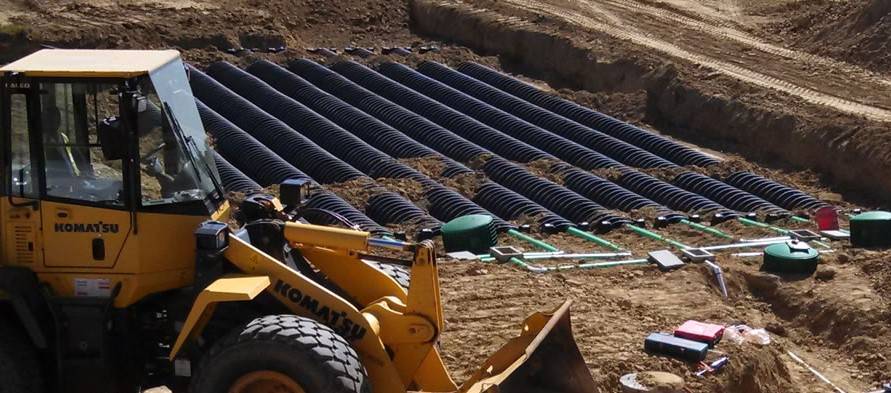
An area of land that allows water from a septic tank to percolate back into the ground is known as a leach field, also known as a leaching bed or leaching field. The leach field has trenches or beds that are loaded up with rock and have punctured pipes going through them. Before the effluent water leaches back into the ground, the leach field is there to get rid of contaminants. If your home has a septic tank, then it likely has a leach field as well. As a septic owner, it is your responsibility to know how to take care of your leach field and septic tank. Reaching out to a septic company like Rooter Septic Services for more information will give you an advantage in knowing the necessary steps to take care of your leach field.
In homes with septic systems, the wastewater flowing through the home pipes gets sent down to the septic tank. The septic tank has three layers: the sludge, effluent, and scum layer. The sludge layer consists of all the solid waste that sinks down to the bottom of the tank. The effluent layer contains the wastewater, and the scum layer is full of a thick coat of fats, oils, and grease. Your septic tank should be emptied by septic tank pumping every 3-5 years for healthy maintenance.
Through a network of pipes and trenches in the ground, wastewater from the scum and effluent layers flows into your leach field's surrounding area. As the water drains through the rock and soil, it is separated and filtered by microscopic organisms. The water typically seeps deeper underground, where it is further filtered by the soil before being returned to the natural environment. This process of leaching and filtering takes anywhere from 24 to 48 hours.
Most of the time, the drain field is installed in a flat, open area close to the house. The specifics of the systems and the layout of the property may influence the actual distance. The best course of action is to consult an expert. The objective is to have the leach field far enough away from the house to prevent water from entering its walls but close enough to the house to avoid costly piping. The design of the septic system and the leach field should also take into account a variety of other aspects, such as the composition of the soil, tree roots, and requirements for sloping, among other things. The best way to ensure that all of these will be considered is to consult a specialist from a septic company.
A well-functioning leach field shouldn’t be bothering you and causing problems, you won’t even notice it’s there. However, if you experience any of these with your leach field, call Rooter Septic Services:
The absence of regular septic tank pumping to remove sludge is another factor that contributes to leach field issues. Septic pumping interventions should be performed depending on the size of the household and its requirements, but the common period is around every 3-5 years.